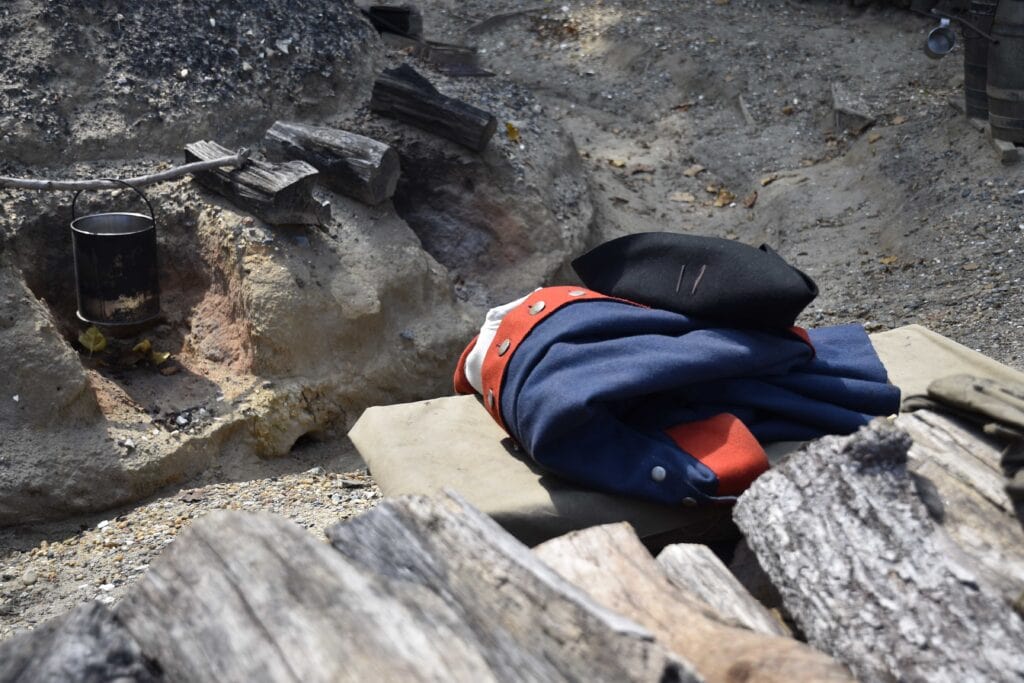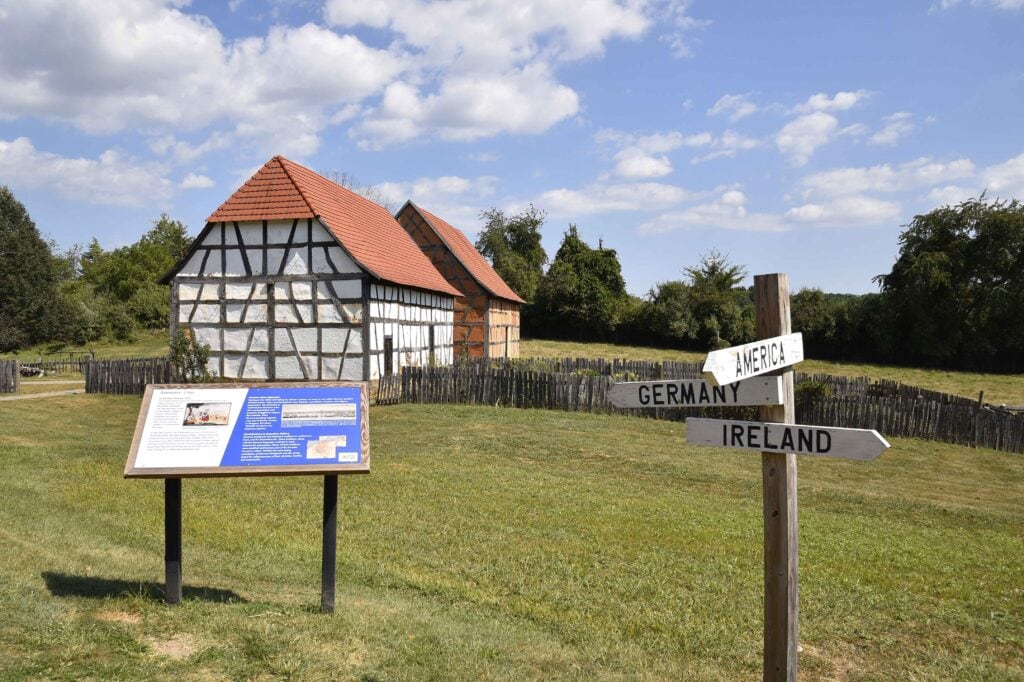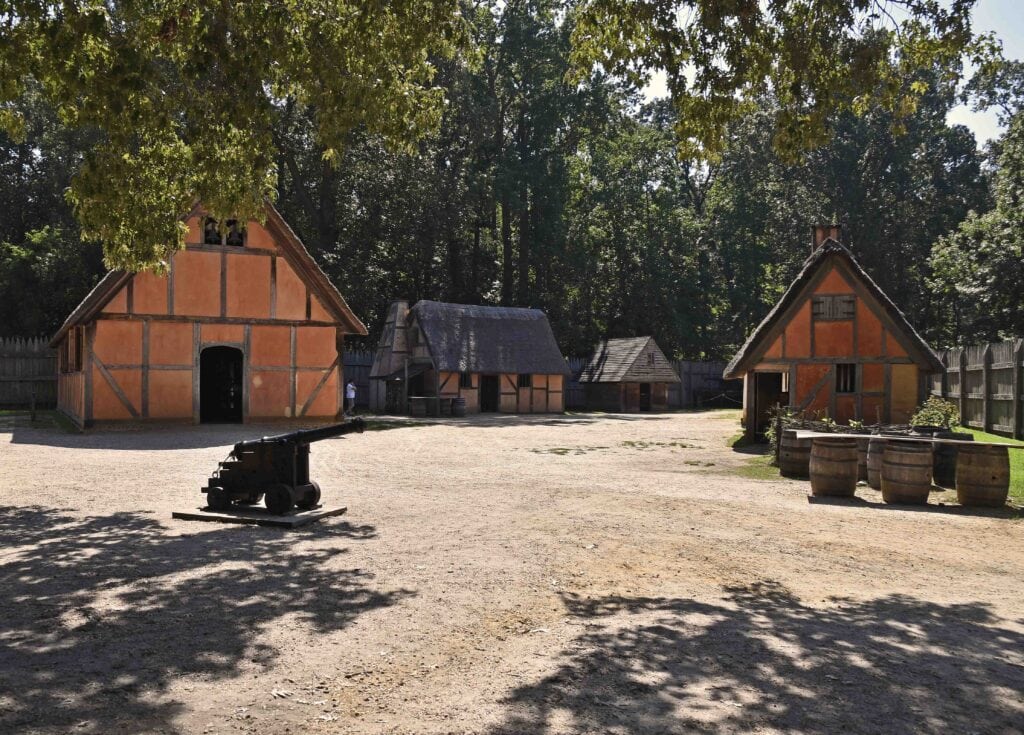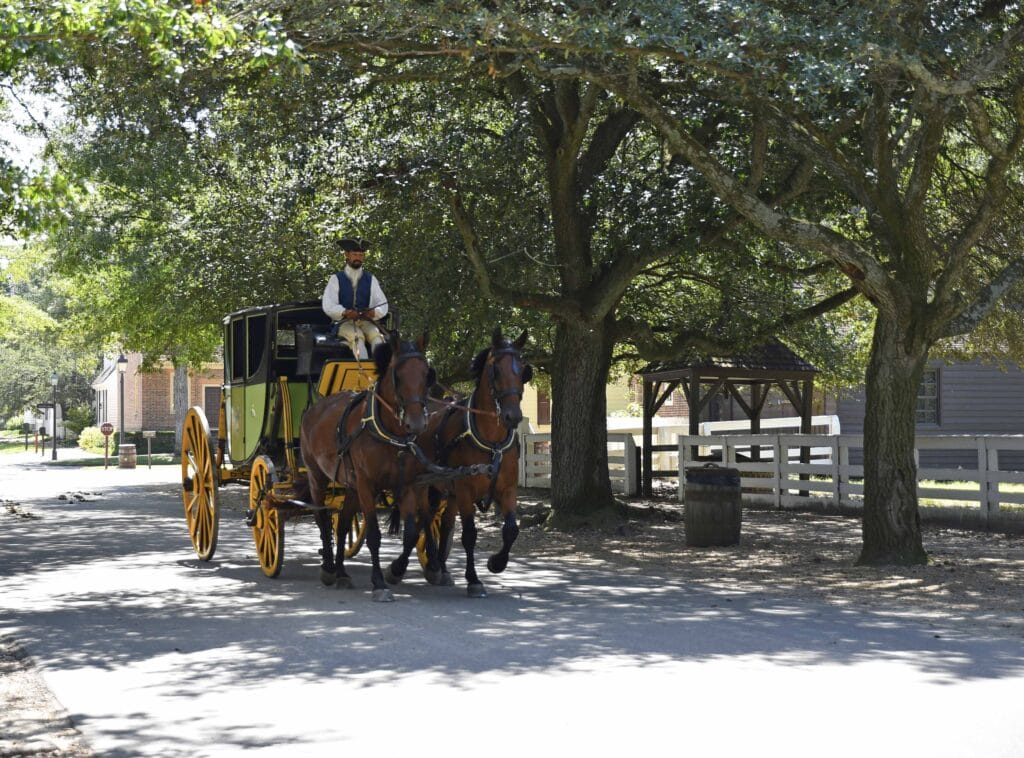The “David versus Goliath” story of the American Revolution influenced political ideas around the globe. How could a fledgling nation win its freedom from the greatest military force of its time? The victory did not come without sacrifices and was not unanimously supported by the colonists. Our visit to the Historical Triangle of Virginia included a stop at the site of the last battle of the Revolutionary War. The American Revolution Museum at Yorktown would provide plenty of insight into the fight for our nation’s independence.
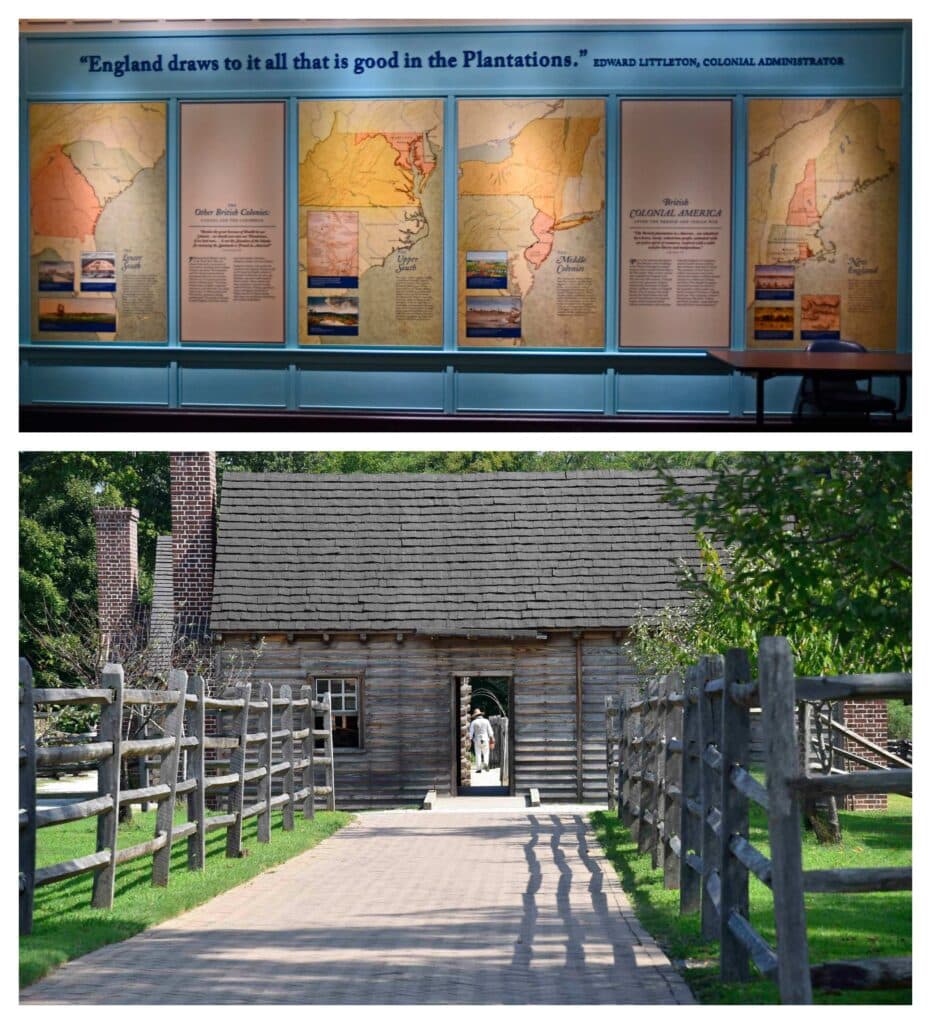
New World Life
A lot has changed since those early settlers landed in Jamestown. By the early 1700s, this rag-tag group had swollen to around 1 million colonists. They expanded their territory along the Atlantic coast, and now covered from present-day Maine to Georgia. Agriculture was the primary occupation but there were plenty of supporting tasks to be provided by city dwellers. The majority of the colonists were of English origin but German and Scotch-Irish numbers would swell during the 1700s. Back in England, many saw the colonial growth as a spread of commercial wealth for the British Empire.
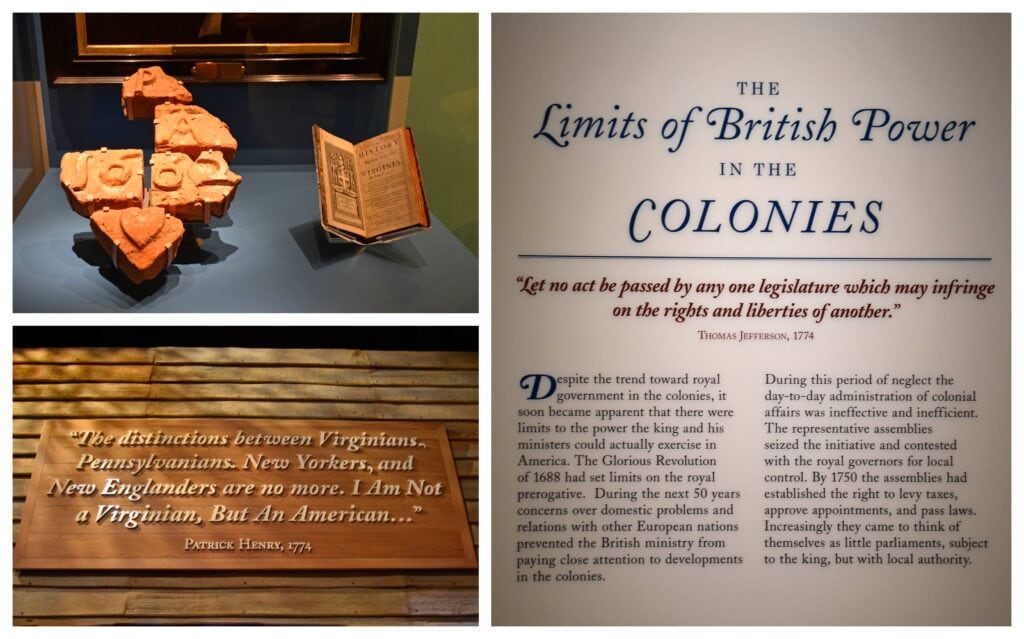
Becoming Americans
It didn’t take long before the colonists began to assert some autonomy. The earliest agreement, The Mayflower Compact of 1620, was merely an agreement to live in an orderly fashion. As the population swelled with those unhappy with English leadership, Virginia territory saw an influx of settlers. While ultimate authority remained with the king, a series of committees and boards pushed the citizens farther away from the crown. Layers of bureaucracy were required to maintain control over the rapidly expanding “English America”.
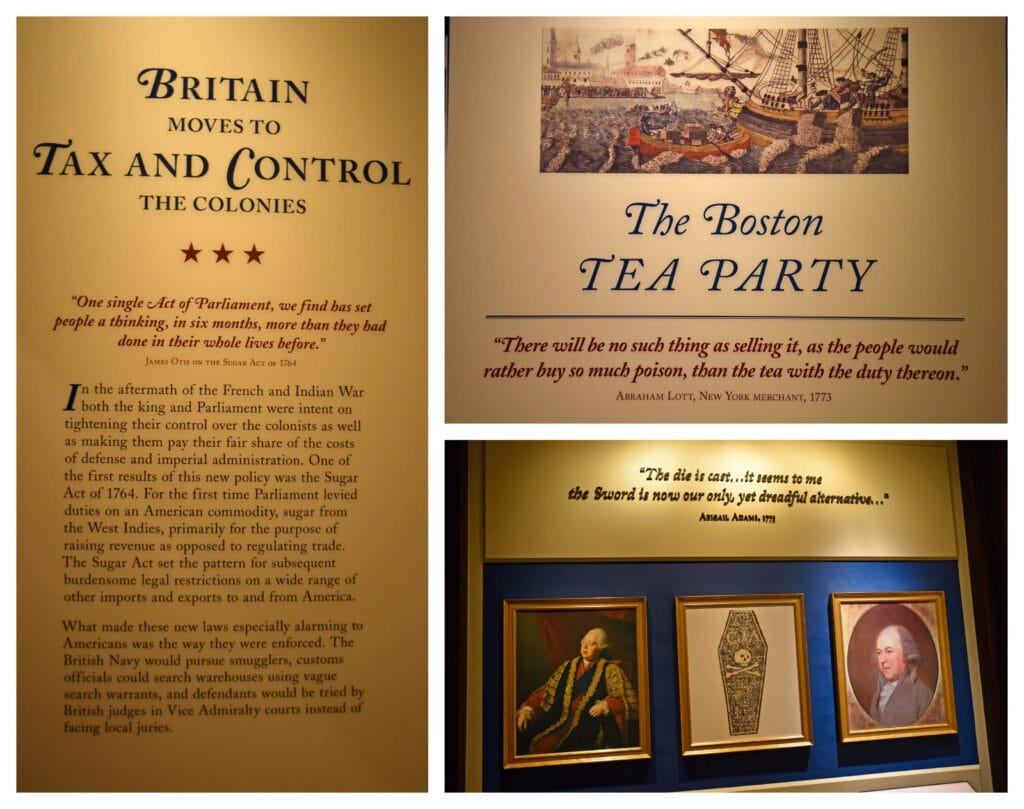
Power To The People
As England became preoccupied with dealing with other nations, the colonies found themselves left to their own control. This did not prevent the British from imposing various duties. As the number of “taxes” increased, the colonists became more resentful of the king. As the Seven Years’ War came to an end, Britain turned its attention back to the colonies. Many of the taxes were needed to pay for the costs of war, which added to the aggravation of the colonists. King George III insisted that there be an increased military presence in America, and it would be funded by the colonies.
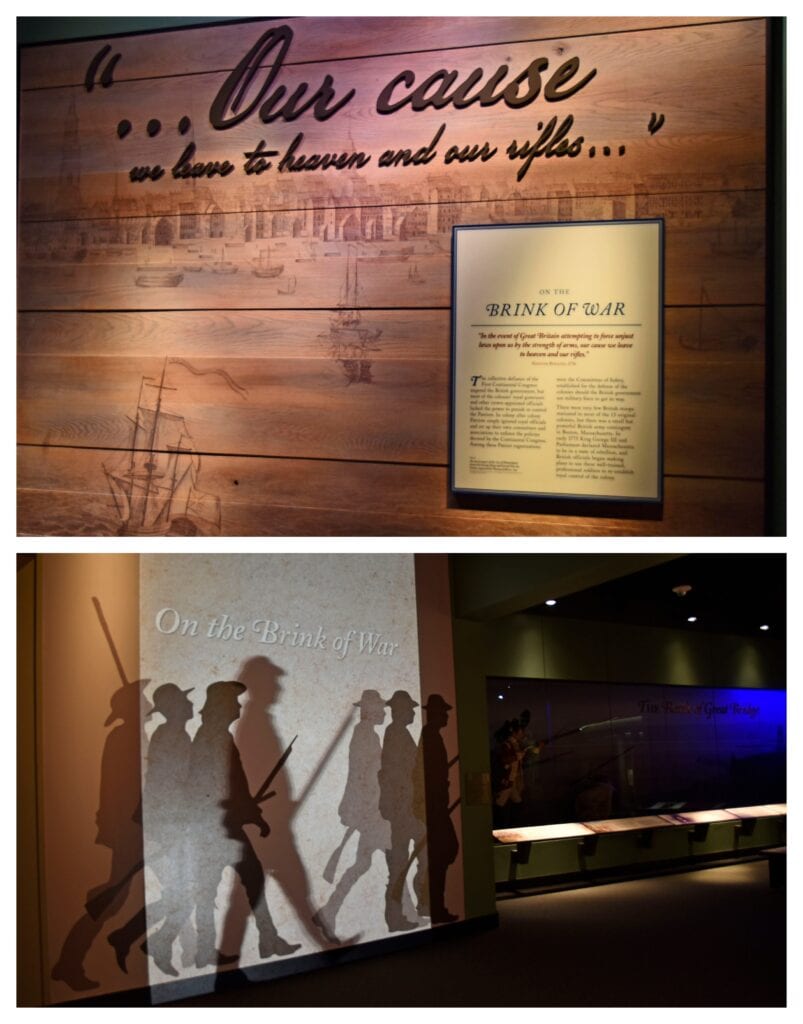
On The Brink
When George Grenville was appointed the first Lord of the Treasury, things turned from bad to worse. He would be responsible for the Stamp Act, which would extract significant money from the colonists. Many felt that as British subjects, they should only be taxed by themselves or by representatives who also pay the tax. While the Stamp Act would be rescinded, the new Townshend Acts would bring a different attempt to regain control of the colonies. Comprised of four acts, this restricted self-governance and attempted to increase the collection of revenue duties. In March 1770, a group of British soldiers and civilians clashed in what would be named, the Boston Massacre. The growing discord set the stage for an American revolution.
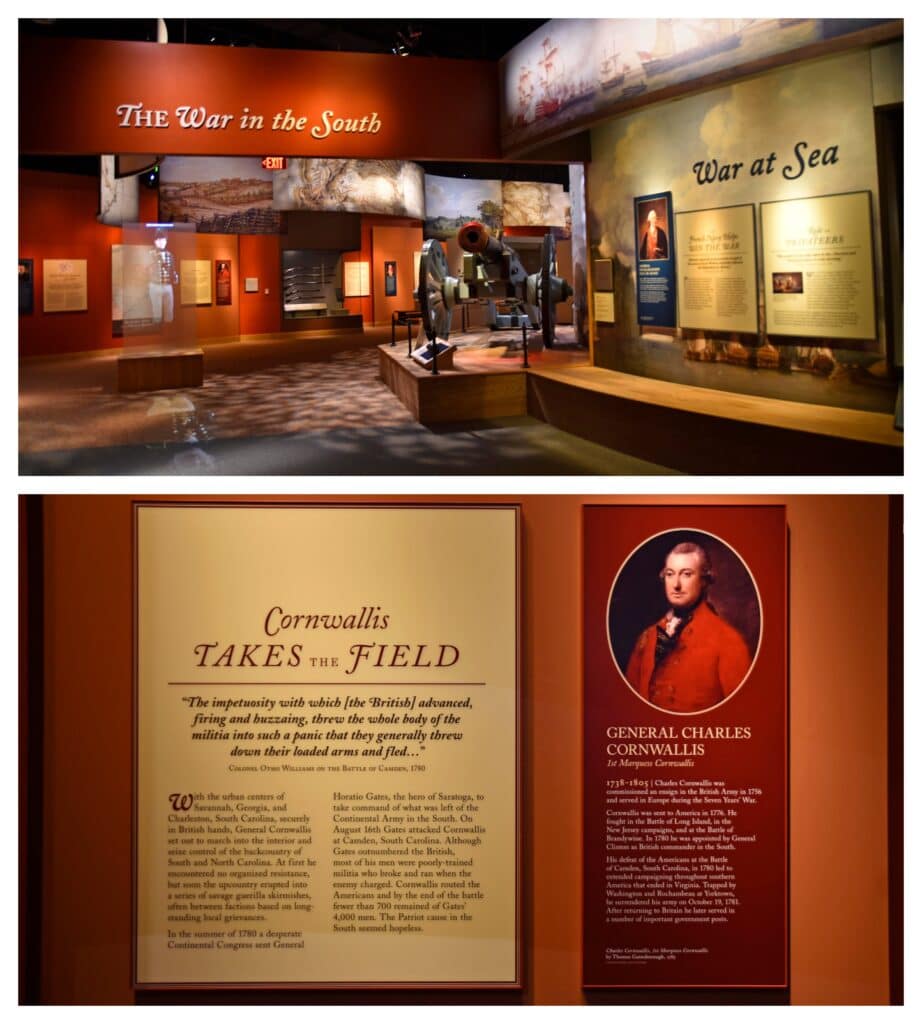
Cornwallis
As the war ramped up, new characters would enter the fray. Charles Cornwallis, while opposed to the war, saw the need for a military presence in the colonies. Early successes in New York and New Jersey helped propel his career. He returned to England when his wife turned ill and remained until she passed. On his return to the colonies, in 1779, Cornwallis was moved to a role in assisting with Britain’s southern strategy and had success in South and North Carolina. In Virginia, he chose Yorktown as a suitable location for a naval station. He soon realized that this left troops exposed to French attacks but stuck with his plan.
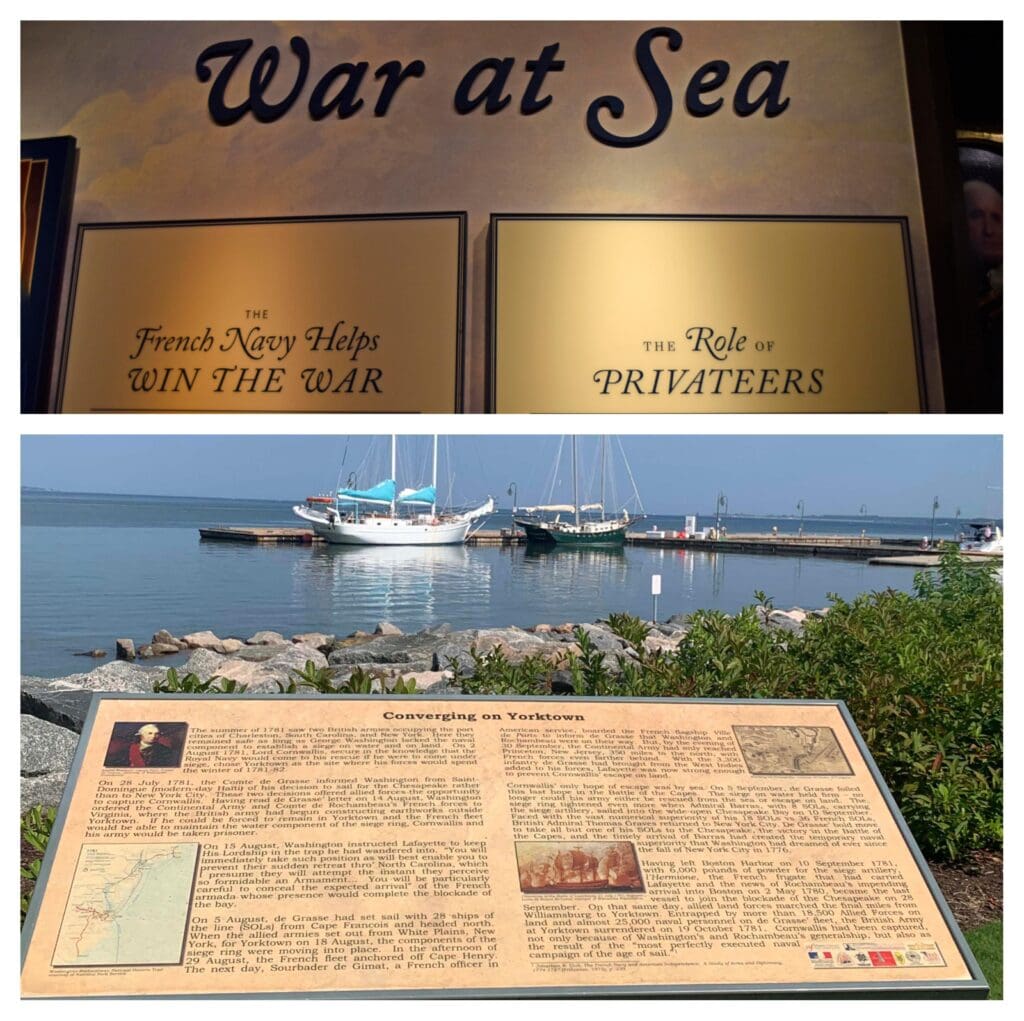
The Siege At Yorktown
He set his troops to the task of fortifying the Yorktown location. The war had swung in the favor of the colonies and Cornwallis soon found himself facing overland forces. With the sea to his back, he would have been able to hold out with British support. When the French defeated the Royal Navy, it signaled the inevitable defeat for England. The siege began on September 28, 1781. By October 19 surrender negotiations had concluded. Cornwallis did not attend the surrender, as he claimed to be ill.
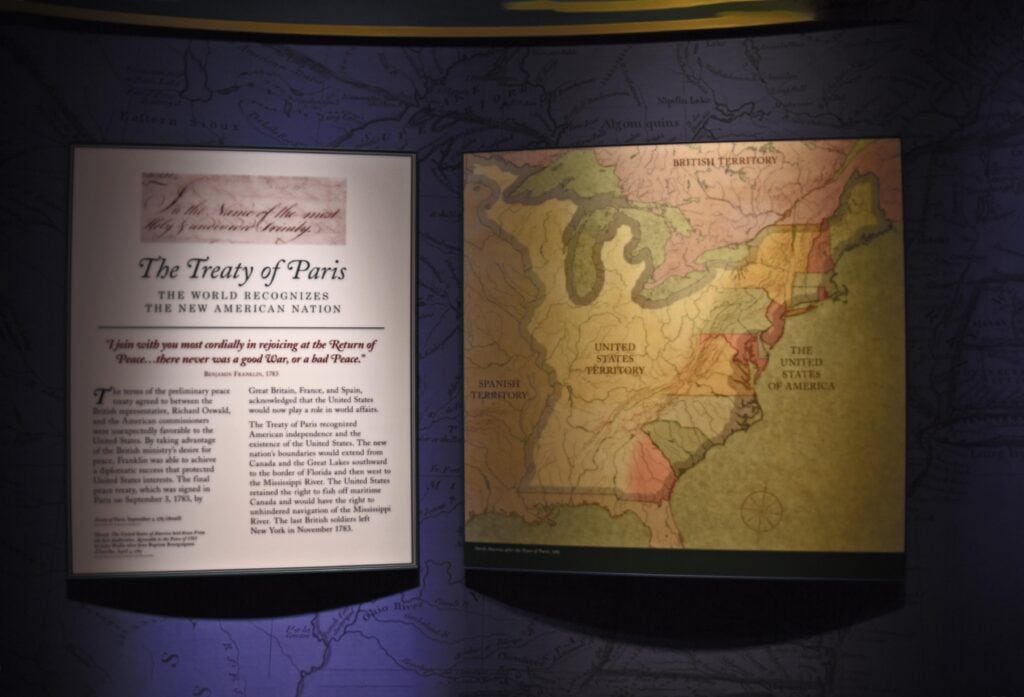
Let Freedom Ring
While America had declared its independence on July 4, 1776, it would be the Treaty of Paris that would signal the finale. On September 3, 1783, the signing set the boundaries between the new nation and the territory of British North America. (Later changed to Canada) From that point on, America would be part of the international community.
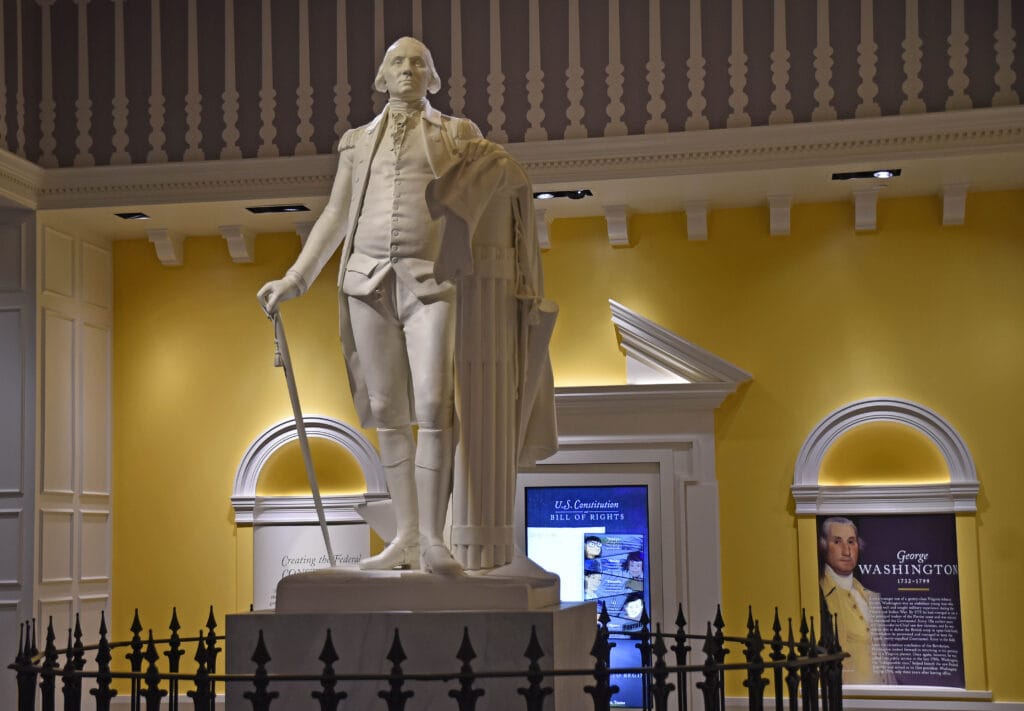
Building a New Nation
As we explored the American Revolution Museum at Yorktown, we were impressed with the wide range of exhibits. One display provides a visual journey through the growth of the 13 colonies. An assortment of historically significant documents helps illustrate the atmosphere that led up to the war. “The New Nation” exhibit takes visitors beyond the end of the war and shows the challenges faced with creating a new nation. We found that the exhibits expanded on some we had seen during a visit to the Museum of the American Revolution, in Philadelphia.
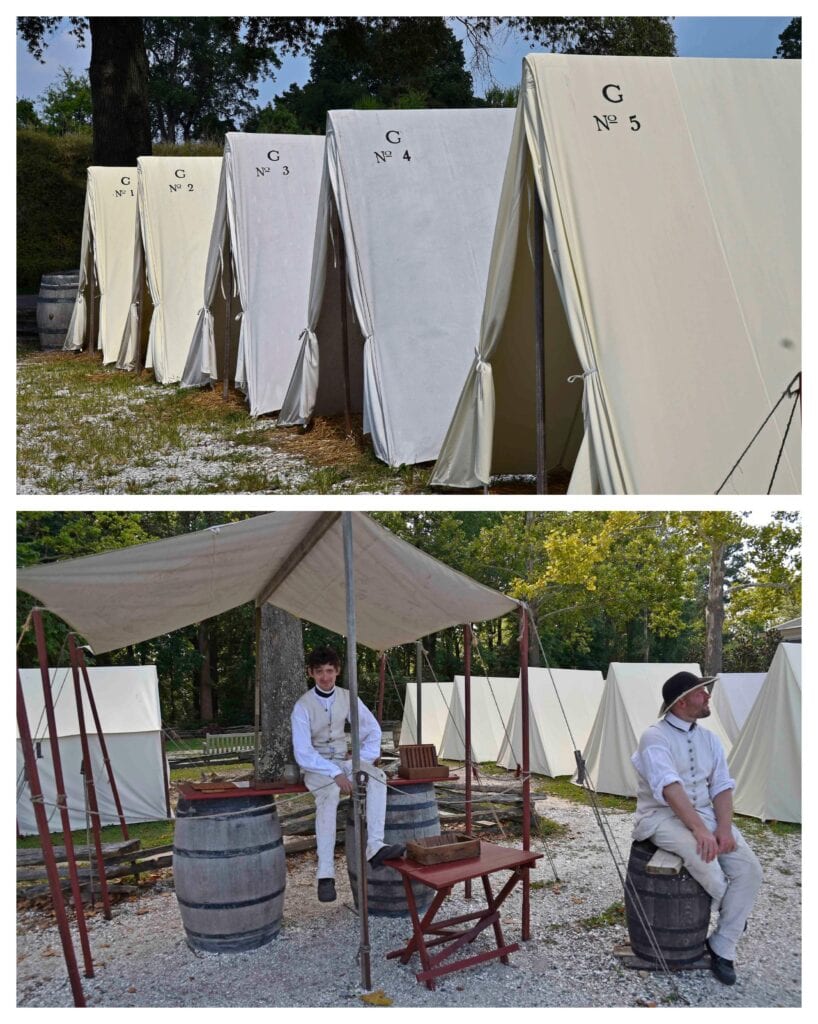
Outdoor Exhibits
After finishing up inside the American Revolution Museum, we headed outside to the Continental Army Encampment. Rows of soldier’s tents lined the grounds. In the middle of it all, we found some reenactors who helped detail life during the war. They walked through the daily routines and drills. Periodically, there are musket loading and firing demonstrations.
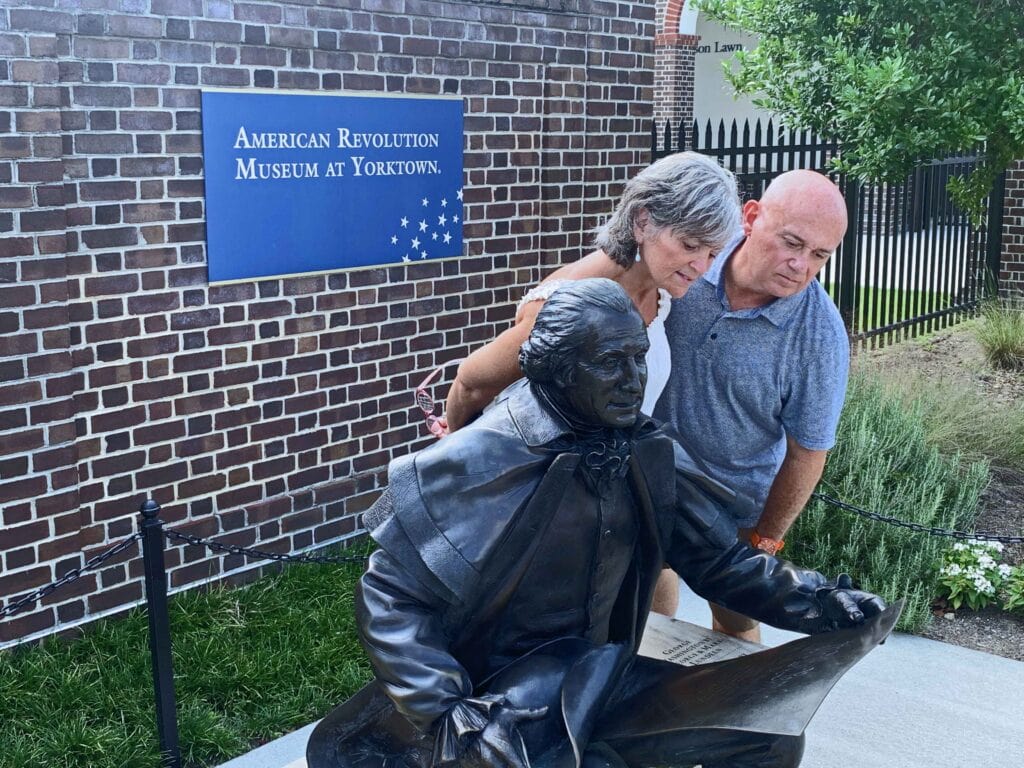
American Revolution Museum at Yorktown
The American Revolution Museum at Yorktown is open daily from 9 am to 5 pm. Single-day tickets are $18 for adults and $9 for students. We purchased the Combo Pass that allowed 7-days of access to the museum and Jamestown. For $30, we found it to be the best deal. Our visit lasted about 3 hours, but we could see this expanded by at least one more if you spend time at the outdoor encampment. If you enjoy history, this is one of America’s sites that should be experienced.


